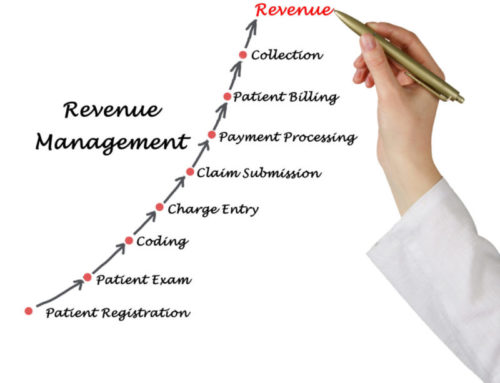RoundTable’s team of experienced and talented consultants are our frontline ambassadors sharing their expertise with our clients, and in turn, offering the best lessons learned from each unique partnership project. In the series, Lessons Learned, we will dive deep into the reflections of the experiences of some of our recent ventures. We will provide our thoughts on processes, communications, challenges, impacts and recommendations in order to give our audiences more industry insights – with the goal of achieving future healthcare successes.
In this first issue, we review several lessons learned on how laboratories must capture all available revenue and at a lower cost, even with continued reimbursement compression, due to PAMA (Protecting Access to Medicare Act) and payor contractual reductions.
Top Five Diagnostic Laboratory Lessons Learned on How to Accomplish This Include:
1. Automation is key to obtain accurate and timely information to create, transmit and receive payment for clean claims and reduce costs.
2. Alerts and data requirements “stops” built into not only the RCM billing and financial software, but more importantly, the laboratory order entry system to capture demographics, insurance, requirements and payor guidelines at the front end of the process.
a. Comprehensive, real-time eligibility and benefits– to obtain the correct and relevant insurance information for each patient and each encounter
b. Pre-authorization- in the last two years, laboratory pre-authorization requirements have increased substantially. If payor requirements and authorization approval is not captured prior to the test being processed and results released, it is too late
c. Consistent communication with ordering providers with Pre-Authorization guidelines and needs are an important part of this process.
3. Payor Contract review and re-negotiation– Payor contracting is a challenge for laboratories, which is driven by large laboratory competition as well as industry reductions. The past, traditional contract philosophies, based on a percentage of “current year” Medicare allowable are no longer sustainable with PAMA reductions of 10% per year beginning 2018. The PAMA data collection and rational is being challenged in the courts, but the current reimbursement decline continues. Laboratories need to review and re-negotiate with payors based on a defined fee schedule.
4. Patient Collections – The patient’s responsibility percentage continues to increase each year. With a laboratory industry average bad debt percentage of 10-12%, this loss of revenue now becomes significant.
5. Focus and Tools – must be in place to capture this revenue more efficiently.
Some examples to assist with the capture of this revenue are:
a. Secure websites for patients to access current balances and pay online
b. Digital link to statements available via email and or text
c. Outbound automated dialer systems for payment reminders
d. Call center availability. The personal touch and availability of someone to answer questions is still important. There are still many patients that are concerned about payments via technology, you do not want to lose the revenue due to the non-availability of individual representative.
Lessons Learned: Diagnostic Laboratory content was provided by Jan Gunter, one of RoundTable’s Senior Revenue Cycle Interim Leaders, who has been an integral part of team for the last year. Jan has worked in the healthcare industry for over 30 years, 17 of which in leadership roles for nationally recognized organizations. With a primary focus on Revenue Cycle Operations, Revenue Integrity and CBO/SBO implementations, she blends strategic initiatives and business philosophy with industry standards and solution-based methodology tools to improve financial results for clients.
Her expertise in EMR/Software applications and regulatory knowledge provides our clients an excellent resource for implementing operational improvements and strategies significantly impacting cashflow positively.
Recently, Jan worked with a client implementing a Denials Management program in conjunction with design and implementation of their operations and workflows. She developed benchmarks and metrics to guide leadership in monitoring financial and operational status, long term. The outcome of this project showed measurable decrease in AR by an average of 27.5 days across the organization by means of cash collections, operations and technology efficiencies, not through write-offs.







